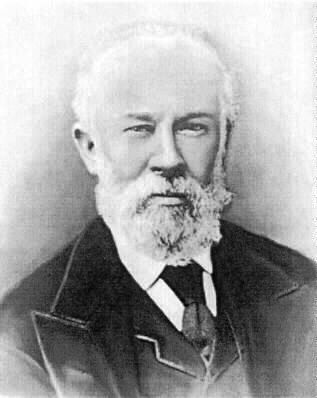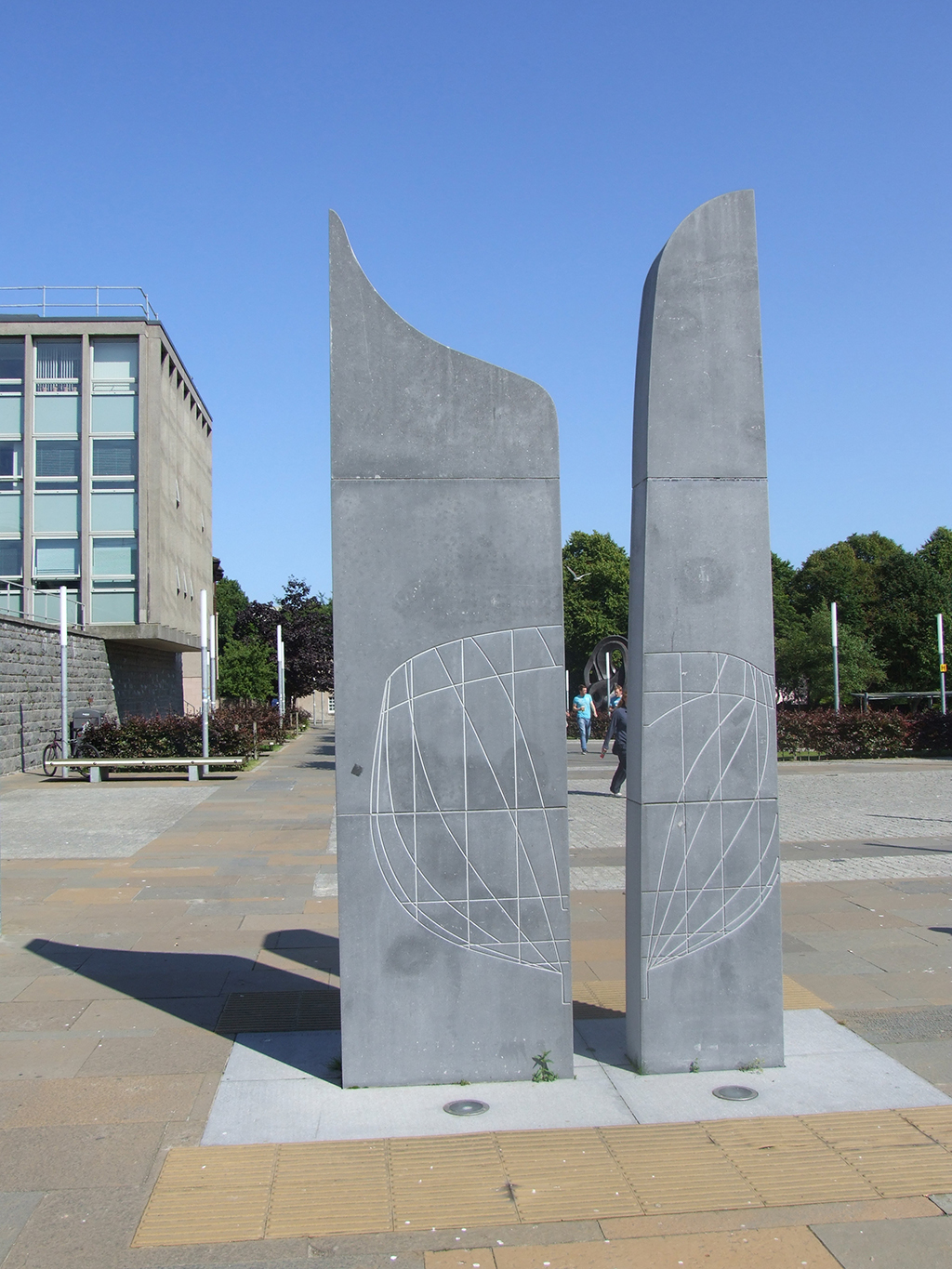This month marks the 150th anniversary of the launch of the Aberdeen-built Thermopylae, the fastest clipper that ever sailed.
English poet and writer Cicely Fox Smith wrote, ‘Of all that fleet of swift and lovely ships, none was perhaps ever built more lovely and more swift than the famous clipper Thermopylae… there was some secret quality which moved a seaman’s heart with emotion of apprehended beauty.’
Designed by Bernard Waymouth of Lloyds Register of Shipping, Thermopylae was built by Walter Hood of Aberdeen with copper sheathing and a composite hull and was given a high 17A1 classification.
The 212ft, three-masted, square-rigged tea clipper was 991 gross registered tons, with a depth of 20.9ft, a 36ft beam and a price of £9,000. She was built for George Thompson’s Aberdeen White Star Line specifically for trade with China. Named by the wife of one of Thomson’s friends, Thermopylae was launched on 19 August 1868.

Bernard Waymouth designed the Thermopylae
Speed was required to get the tea home quickly, and to evade pirates in the China Seas, and this is where Thermopylae quite literally excelled. British historian and sailor Basil Lubbock wrote in his book The China Clippers that she was ‘the pride of the British Merchant service and justly considered by most seamen to have been the fastest sailing ship ever launched’.
She sailed her maiden voyage from Gravesend to Hobson’s Bay in Melbourne on 8 November 1868 in a record-breaking 63 days, which is still the fastest passage on record ever by a sailing ship.
Her greatest rival was the Cutty Sark, which was designed by Hercules Linton from Inverbervie, Aberdeenshire and completed in 1869. It can be argued that the two greatest sailing ships ever built had Aberdeen roots.
The two ships, both laden with tea, were put to the test on 8 June 1872 in a race from Shanghai to London. During the passage, the Cutty Sark lost her rudder and Thermopylae arrived in the Downs on 12 October 1872, six days before her rival. Two things won her the race: great seamanship and her quality of build – testament to the shipbuilders of Aberdeen.
Lubbock wrote, ‘The racing clippers loaded their tea cargoes at Foochow, and the splendid fleet as it assembled in the harbour was a sight to gladden the hearts of all seafarers and those interested in mercantile enterprise.
‘The ships with their glistening black hulls, snow-white decks, golden gingerbread work, carving at bow and stern, newly varnished teak deck-fittings, glittering brass and burnished copper were things of dazzling beauty, and in all the fine array none could compare with the loveliness of the White Star clippers.’

The Thermopylae sculpture in Aberdeen
However, with the opening of the Suez Canal on 17 November 1869, steam ships could now bring the tea home quicker than sailing ships, so Thermopylae began carrying wool from Australia from 1882 onward.
In 1897, she was sold to Portugal for use as a naval training ship and was renamed Pedro Nunes. The Portuguese Navy towed her down the Taqus River using two warships in October 1907 and she was torpedoed off Cascais with full naval honours in front of Amelia de Orleans, Queen of Portugal.
TAGS

